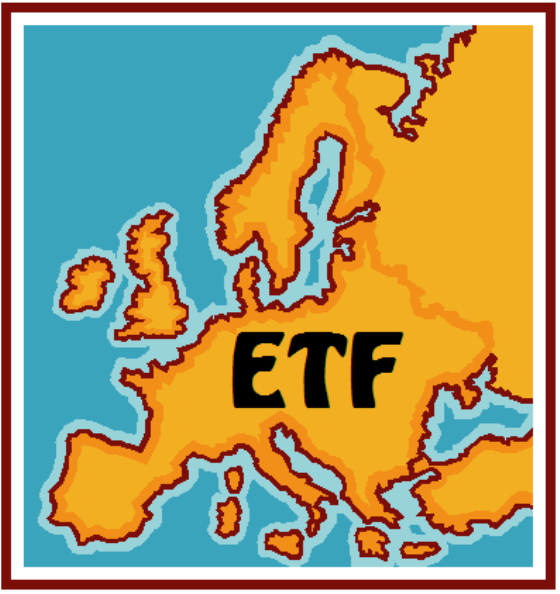How to Invest in ExchangeTraded Funds
Post on: 23 Май, 2015 No Comment

Adapted from The Quant Investor’s Almanac 2011: A Roadmap for Investing (Wiley) by Irene Aldridge and Steven Krawciw
Exchange-traded funds (ETFs) have garnered quite a bit of attention lately. Some have fingered ETFs as the cause of the May 6, 2010 crash of the U.S. equity markets; others find that ETFs are displacing conventional securities, defeating the original purpose of the stock markets: to help businesses raise capital from investors. Yet, ETFs remain widely popular: many institutional and individual investors alike hold one or several ETFs for both long and short periods of time. The latest research, however, shows that ETFs are hardly without risks. This article explores the principles behind these funds and outlines pitfalls investors should avoid.
The science of ETFs is based on the theory of portfolio diversification that was developed in the 1950s. The theory says that if the investors group together different securities that are little or negatively correlated with one another, the resulting portfolio will carry less risk than each individual security.
Correlation is a measure of how closely changes in prices, or returns, of any two securities move together over time. If any two stocks rise and fall in tandem, their returns show strong positive correlation. If any two stocks consistently move in opposite directions relative to each other (one stock rises whenever another stock falls), the returns of these stocks exhibit strong negative correlation. If prices of two stocks move independently from one another, their correlation is said to be small or near zero, resulting in a phenomenon known as portfolio diversification. Portfolio diversification is often simplified as spreading one’s nest eggs among several baskets. Should a stock in one basket drop (and crack), eggs in another basket will stay whole, providing the baskets are negatively correlated or uncorrelated.
If both baskets move in tandem, both will drop at the same time, destroying all of the eggs. Thus, diversification among several negatively correlated or uncorrelated baskets reduces the risk of the overall investment. Many passive mutual funds and exchange-traded funds (ETFs) have been developed to take advantage of this diversification principle. For the price of one share of a single stock, passive mutual funds and ETFs claim to provide investors reduced investment risk through diversification.
Yet, here is the catch. Stock return correlations are typically estimated by observing the behavior of selected stocks every day over a finite period of time, such as a year or a month. Correlations, however, change over time. In particular, when equity markets gradually rise, some stocks rise while others do not. Yet, when equity markets crash, most of the stocks fall together. That is, when equity markets crash, correlations of all stock returns increase (become more positive), reducing portfolio diversification to shambles, i.e. crashing all the investment eggs in all the baskets at the same time.
As a result, during periods of market crashes, mutual funds and ETFs become particularly risky investments, often much riskier than the underlying individual stocks. A natural crash trading strategy arises: When markets crash, sell mutual funds and ETFs and buy individual stocks with strong fundamental values. Such a strategy can be considered a fundamentals-based concentration strategy: Decrease portfolio diversification, i.e. decrease holdings of indexes and ETFs and increase holdings of individual stocks during the crash times when the benefits of diversification are limited.
As an example, let’s consider the price behavior of SPY, an ETF tracking the S&P 500, and a couple of its randomly selected long-time constituents, 3M Company (MMM) and Abbott Laboratories (ABT). Following each extreme negative day in SPY during 2007-2009, SPY rose slightly, yet both MMM and ABT rose more. Following each extreme positive day in SPY during 2007-2009, SPY fell on average, yet MMM and ABT did not clearly follow suit: MMM fell less than SPY, and ABT fell more. The same behavior accompanies other constituents of the S&P 500 as documented in Aldridge and Krawciw (2010), paving the way for a concentration strategy following dramatic negative events in equity markets. Diversification of stocks works only when correlations are low. When correlations are high, concentration becomes a better strategy.














